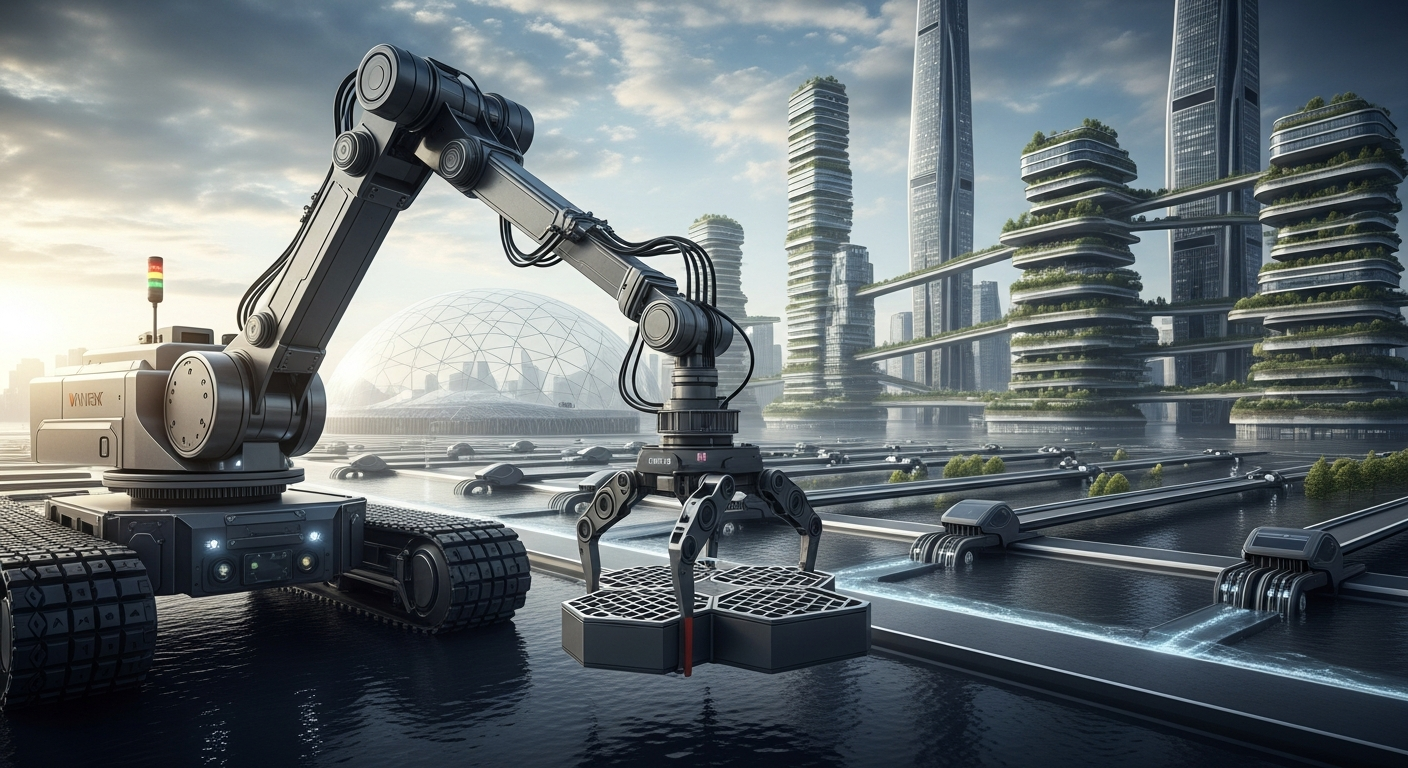There’s been a lot of talk lately about climate change, and honestly, it’s pretty scary stuff. Sea levels are rising, and that means a lot of cities are facing some serious flooding risks. But what if there was a way to fight back, to adapt, to… well, terraform?
That’s the idea behind Terranova, a startup that’s got a pretty wild plan: use robots to raise cities. Instead of building the usual seawalls and dikes, they’re proposing a completely different approach. It’s a bold move, and it’s definitely caught my attention.
I read about it in a TechCrunch article, which focused on the founder’s vision and how these terraforming robots might actually work. The basic concept is to use technology to physically lift the city, creating a buffer against rising tides. It’s like something out of a sci-fi movie, right?
Now, I’m no engineer, but the idea is fascinating. The article didn’t go into the nitty-gritty details of the technology, but the core concept is pretty clear: robots, working in concert, would essentially reshape the landscape beneath the city. They’d add layers, elevate structures, and hopefully, buy us some time against the inevitable.
Of course, this raises a ton of questions. How do you actually do this? What about existing infrastructure? And, of course, the big one: how much would it cost? The article didn’t have all the answers, but it did paint a picture of a future where technology is actively fighting back against the effects of climate change. It’s an interesting shift from simply reacting to the problem.
The article mentioned San Rafael as a potential testing ground, which makes sense. Cities like that are already dealing with the pressures of rising sea levels. It’s a real problem, and finding solutions is more critical than ever. It’s not just about protecting property; it’s about preserving communities and ways of life.
The Bigger Picture
What really struck me was the shift in thinking. We’re so used to dealing with climate change by mitigating emissions or building defenses. This is different. This is about adapting the physical world. It’s about being proactive, not just reactive.
The potential implications are pretty huge. If Terranova’s approach works, it could be a game-changer for coastal cities around the world. It could mean the difference between abandonment and survival for countless communities. It’s a big if, of course, but the potential payoff is enormous.
I was thinking about the implications. It’s not just about the technology itself. It’s about urban planning, engineering, and the environment all coming together. It’s about finding innovative ways to address the challenges we face. It’s easy to see why this is so compelling.
The article also touched on the ethics of this kind of intervention. Who decides which cities get “saved”? What are the environmental consequences of such large-scale terraforming? These are important questions, and the answers will be critical to the success of any project like this.
But still, the core idea — using technology to actively reshape our environment to protect ourselves — is a powerful one. It’s a testament to human ingenuity and our capacity to adapt. It’s a reminder that even when faced with seemingly insurmountable challenges, there are always new ideas, new approaches, and new possibilities. It’s a really interesting thought, and honestly, the whole thing is just pretty wild.
